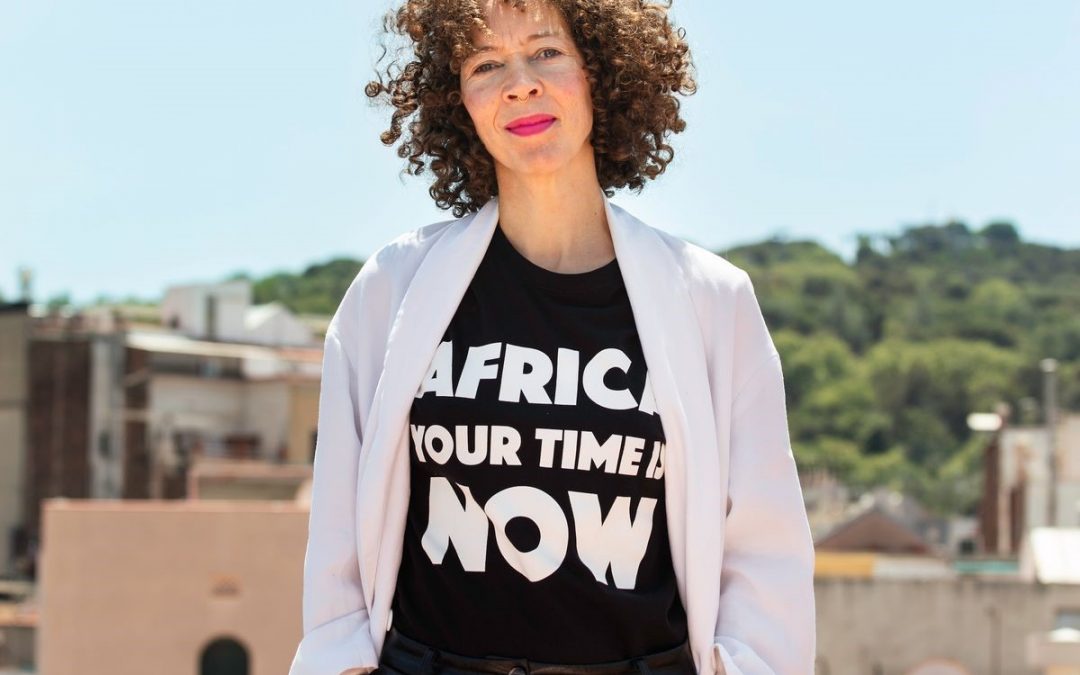The National Museum of African Art is again without a director for the third time in six years. Ngaire Blankenberg quietly left the post on March 31. She had served in the role for less than two years. The interim director will be John Lapiana, senior advisor to the undersecretary of museums and culture, who also served as deputy director since last spring.
Blankenberg encountered “individual and institutional resistance and then backlash,” she told the Art Newspaper via email. “There’s a lot of pressure and hope put on individual leaders, especially Black women, but at the first sign of trouble… well she becomes the problem. It’s becoming a cliché.”
Blankenberg began at the museum a year after the post was vacated by Augustus Casely-Hayford, who was director for two years and departed in early 2020.
When she took the job, Blankenberg told MuseumNext that she had set an “insane challenge” for herself and her team: to bring in a global African audience of Gen Z and Millennials. “My vision is to create a 21st-century global African art museum, with an international presence in Africa and the African diaspora,” she told Smithsonian Magazine in 2022.
“For me it was a fantastic opportunity to really push the boundaries of what is a museum in the 21st century and what is an African art museum in the 21st century in America,” she told MuseumNext.
The museum was established in 1964 in a Capitol Hill residence and became part of the Smithsonian Institution 14 years later, taking residence on the National Mall in 1987.
The museum made headlines last year, when the Smithsonian Institution approved the return of 29 Benin bronzes to Nigeria that were looted by British soldiers in a violent 1897 raid of the Royal Palace. The museum had removed them from view in 2021. That decision came from Blankenberg, who was, according to an April email to all directors from Kevin Gover, under secretary for museums and culture, “a leading voice in developing the Smithsonian’s new ethical returns policy.”
In July 2020, some former employees and former board members spoke out about an enduring culture of racism and racial bias at the museum, according to CultureType. At the time of her hire, Blankenberg told CultureType that her “main priority” was to “hire more BIPOC staff in positions of power” and “ensure Black and racialized staff are supported and empowered.”
Ngaire stated that she is proud of her attempts to open up the museum. “I don’t know if many of the initiatives I put into place will continue—the institutional partnerships in Nigeria and South Africa, the Scholarly Advisory Committee, the African museology project, the Live Art series, the African design showcase, the Research Gallery to provide a space for the artistic community of DC—but I am really proud that I tried and I showed how much richer the museum could be if it just let other people make real contributions,” she says, “in this case artists, curators, designers, scholars, architects and the public who are both African and American and global all at once!” The Canadian native started her career in television and documentary production, later becoming a consultant with Lord Cultural Resources and later design agency Kossmanndejong. Her portfolio included the National Gallery of Canada, Superblue, the Museum and Archive of the Constitution at the Hill in Johannesburg, and the






